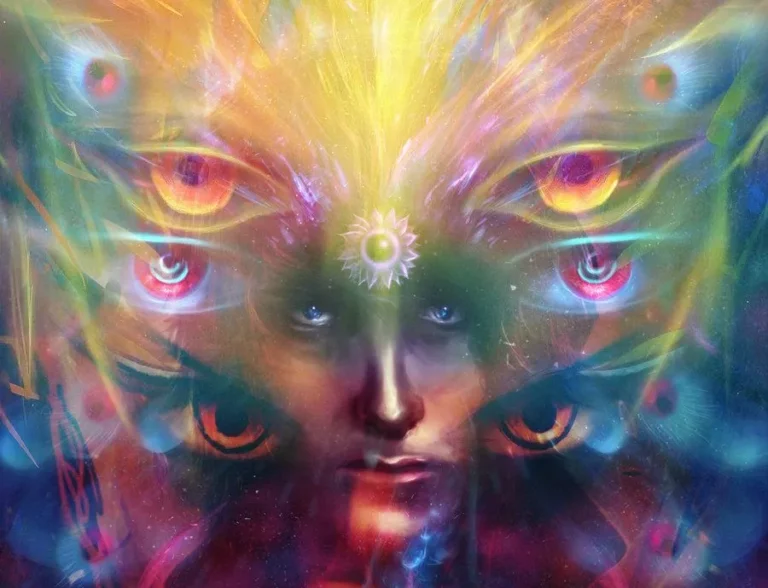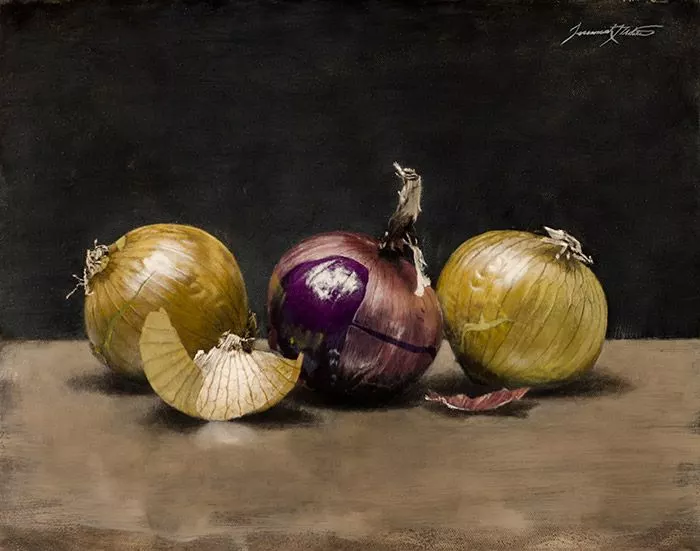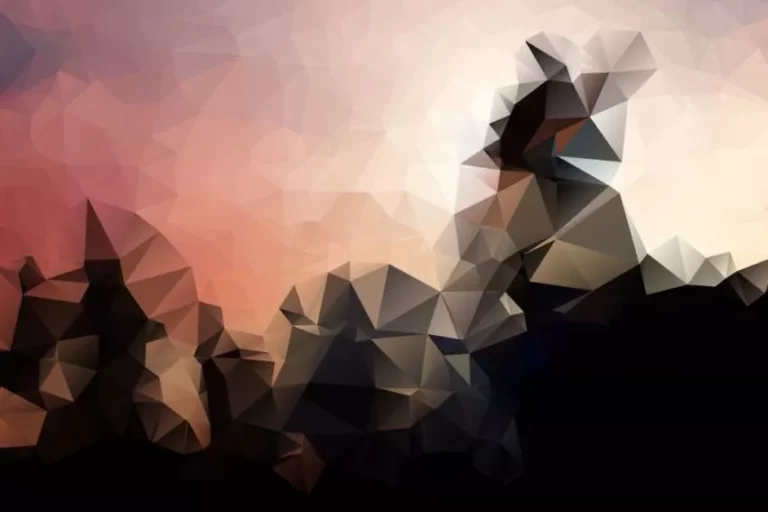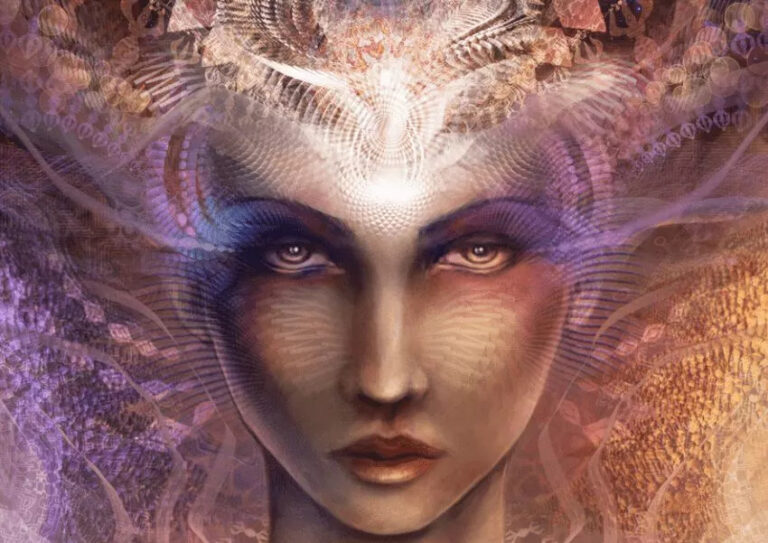“I assess the power of a will by how much resistance, pain, and torture it endures and knows how to turn to its advantage.” ~ Friedrich Nietzsche
 Pain: It can be your greatest teacher or your ultimate destroyer. Surviving the pain is critical, of course. But once you’ve survived the pain, it’s up to you if you are willing to allow the pain to be your teacher or to continue destroying you.
Pain: It can be your greatest teacher or your ultimate destroyer. Surviving the pain is critical, of course. But once you’ve survived the pain, it’s up to you if you are willing to allow the pain to be your teacher or to continue destroying you.
Allowing pain to become your teacher is learning resilience and robustness. Pain as teacher is an existential reckoning. It’s embracing the fact that life is a struggle.
Life is not easy, and a life well-lived is even less easy. There are trials and tribulations galore. There are slings and arrows at every turn. There are unexpected changes that will throw you for a loop. This is because life is always working against entropy. Survival is always won in spite of death. Existence is always gained despite nonexistence.
So, it’s best to adopt a philosophy that helps us adapt and overcome pain in a healthy way. Better to have a strategy for dealing with pain than none at all. Better to gain resiliency and robustness from the pain than to merely wallow in the misery of a setback. This requires a philosophy of pain.
The best philosophy hurts in a pleasing way. It’s existentially masochistic. It’s painfully transcendent. It cuts. But a resilience is born. Scars form to create a robustness tantamount to anti-fragility. These scars are not an invulnerable hardness, but a vulnerable flexibility, a spiritual elasticity.
Cultivating such anti-fragility is a form of self-overcoming, where the individual is able to consistently adapt to the pain of experience and use it as a tool to leverage resiliency into heightened levels of awareness. Thus, transcending the previous state. In hindsight, the pain was merely footholds disguised as thresholds.
Growth is painful. Change is even more painful. But being stuck is the worst pain of all. It is for this reason that pain should not be avoided at the expense of growth. Rather, growth should be embraced at the risk of pain. As Anais Nin said, “And the day came when the risk to remain tight in a bud was more painful than the risk it took to blossom.”
It turns out that the risk to remain tight in a bud is far more painful and riskier than risking the pain of attempted flourishing. Existential thresholds are a reminder of this. Dark Nights of the Soul are reminders of this.
There’s a reason why our souls were buckling against the tight constraints of our petty and ultimately insignificant structures of belief. As I said in 7 Important Differences Between Religion and Spirituality “spirituality is painful growth; religion is comfortable stagnation.”
 It’s the painful growth that leads to a more robust, more resilient, more anti-fragile and, ultimately, more spiritual experience of life. Indeed, it’s painful growth that leads to a life well-lived. Painful growth requires risk. It requires surrender. It requires stepping out of your all-too-tiny comfort zone.
It’s the painful growth that leads to a more robust, more resilient, more anti-fragile and, ultimately, more spiritual experience of life. Indeed, it’s painful growth that leads to a life well-lived. Painful growth requires risk. It requires surrender. It requires stepping out of your all-too-tiny comfort zone.
It requires making mistakes along the way. A lot of mistakes. As Neil Gaiman said, “Make New Mistakes. Make glorious, amazing mistakes. Make mistakes nobody’s ever made before.”
It’s through the pain experienced from making mistakes that one becomes wise. It’s through mistakes, setbacks and missteps that Pain as Teacher teaches its vital life lessons. And it’s incumbent upon us to pay attention.
Ultimately, pain reattributed as a vital learning experience has the potential to become extremely powerful. It becomes alchemical. Like transforming demons into diamonds, wounds into wisdom, humility into humor.
Most important of all is the creative attribute of painful transcendence: the ability to transform pain into art.
You can’t spell ‘paint’ without ‘pain.’ Apropos, you cannot truly paint without pain. (Paint being a metaphor for art in general) Whether it’s the pain of love’s aching or the pain of existential angst. Whether it’s the simple pain of deep hunger or the pain found in the loss of a loved one. Pain is the magic ingredient within art that makes it meaningful, valuable, and worthwhile.
Art without pain is mere makeup. But with pain, it is transcendent, otherworldly, transformative and transportive. The pain of it strikes at the heart of the human condition and drags us into experience. Thus flipping the switch on Pain itself and transforming it into pleasure: the ultimate masochism. Indeed, the ultimate life-hack.
In the end, that’s what painful transcendence is all about: hacking life and creating a life well-lived, hacking experience and transforming negatives into positives, hacking pain and creating a teaching element out of it in order to become more resilient, more robust, and more anti-fragile toward the vicissitudes of life.
During dark times, when it feels like you’ve been buried in failure and pain, flip the script and imagine you’ve been planted instead. Now all there is left to do is bloom.
Image source:
Fiction by igreeny
Glow of Enlightenment by Yuvak Tuladhar
Flutter by Henrik Aarrestad Uldalen
























